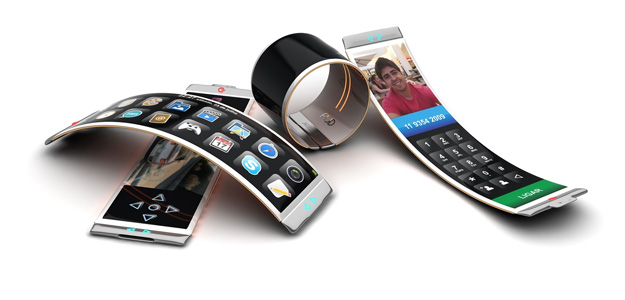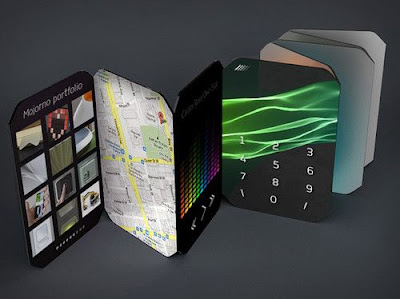Two incredible smartphone innovations in the works
 |
| Two incredible smartphone innovations in the works |
Two incredible smartphone innovations in the works
Smartphone producers will work on some futuristic innovations, including foldable smartphone shows and fingerprint scanners that can perform below a phone's display.
One or more of the features may debut in a 2018 smartphone, with the OnePlus 6 rumored with an in-display fingerprint scanner.
Smartphones keep getting better and better, but what types of innovations may we expect in the future?
For a long time, phones with haptic feedback and fingerprint devices were a desire, nevertheless now they are a reality. Looking ahead, we've seen lots of rumors about futuristic smartphone features, like foldable shows and fingerprint devices in a very phone's exhibit, but it's cloudy if we'll see some of these innovations in 2018. Thankfully, some recent reports have shed light on the whether consumers can get to see these features in the new year.
Samsung has been focusing on a computer device with a collapsible exhibit from as early as 2013. The device referred to by several while the "Samsung Universe X" is supposed to extend in the middle - but a recently available Samsung push discharge suggests the unit related to the rumored phone's design number may possibly not be the Universe X, but instead a tough smartphone meant for qualified controls and not the average consumer.
And so, with the so-called "Galaxy X" debunked for now, there's no indication Samsung plans to release a device with a foldable display in 2018.
Samsung is just one of many smartphone makers that havesubmitted dozens of technology patents that would allow smartphone displays to bend, fold or even roll up into a tube, but a functional product has yet to release to market. The closest smartphone users have seen to a foldable display smartphone is the ZTE Axon M, which is actually two separate display panels connected in the middle by a hinge.
To date, Samsung has introduced a few device designs offering exhibits with circular ends, the newest being the Galaxy Observe 8, which folds around on their correct and remaining sides. However, the function is covered in defensive glass and has been proven as more trendy than functional. In 2017, a few significant smartphone suppliers eliminated the bodily home links from their devices. Like Apple's new iPhone X, they use pc software to navigate the device as opposed to applying bodily butttons. But while Apple's high-end phone uses a facial-recognition system to unlock the phone (or a digital passcode for when that fails), most phones use fingerprint scanners to unlock the phone or authenticate purchases.
 |
| Two incredible smartphone innovations in the works |
Fingerprint scanners are fast and accurate, and smartphone makers have played around with their placement on any given phone, but ideally, future phones with edge-to-edge displays would be able to hide the fingerprint scanner under the screen, so you don't need a dedicated button just to get into your phone - you could just press into the screen, and you're in.
Unfortunately, many manufacturers have admitted that producing display-embedded fingerprint sensors is hard. Manufacturing of this technology has been plagued with quality control issues, mainly since fingerprint sensors become much less accurate when you place a layer of screen on top of it.
The sensors are estimated for in only some 2018 smartphones: Recent reports suggest Chinese smartphone machine OnePlus may add its OnePlus 6 telephone having an in-display fingerprint reader in 2018, which would be the first key flagship telephone to truly have the feature. Sensor maker Synaptics has also confirmed that its Clear ID FS9500 in-display fingerprint sensors will be featured on a device by another Chinese manufacturer, Vivo, but the availability of that device is still unclear at this point.



No comments:
Post a Comment